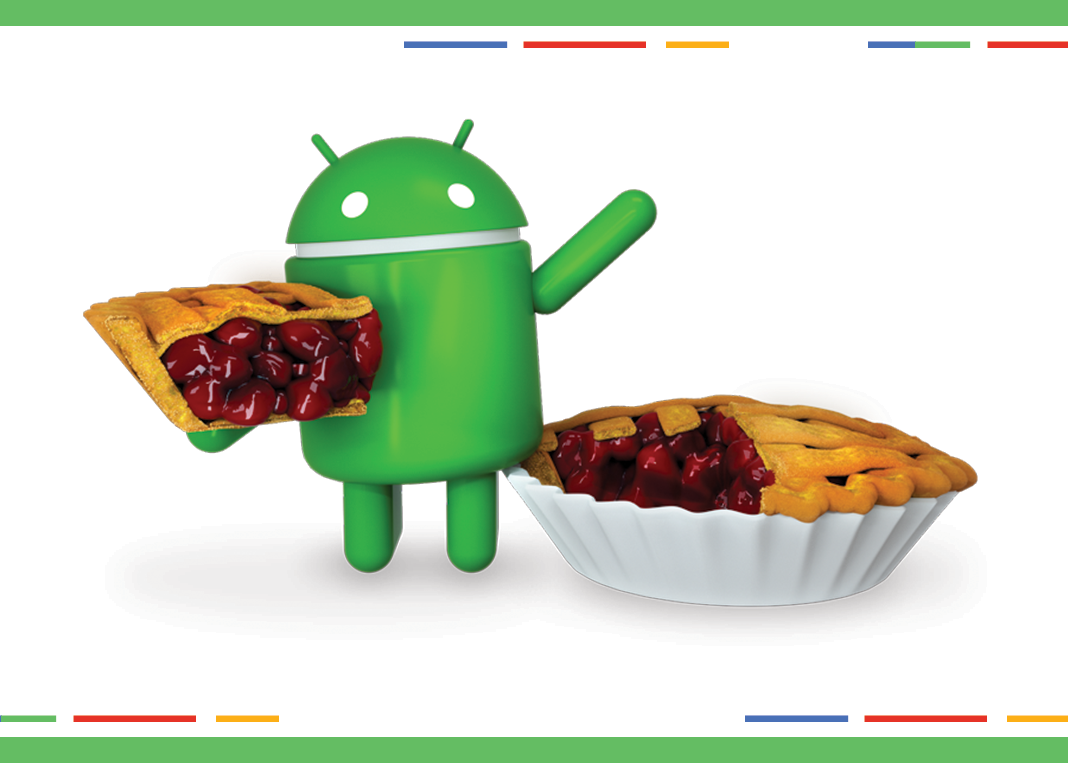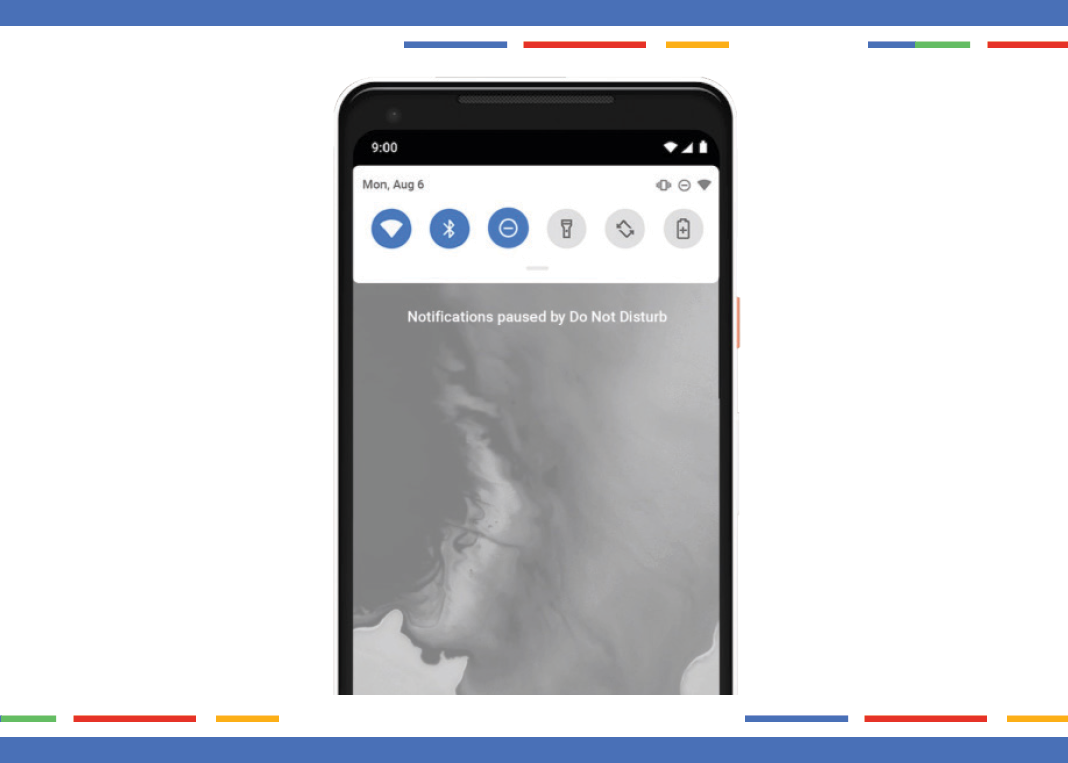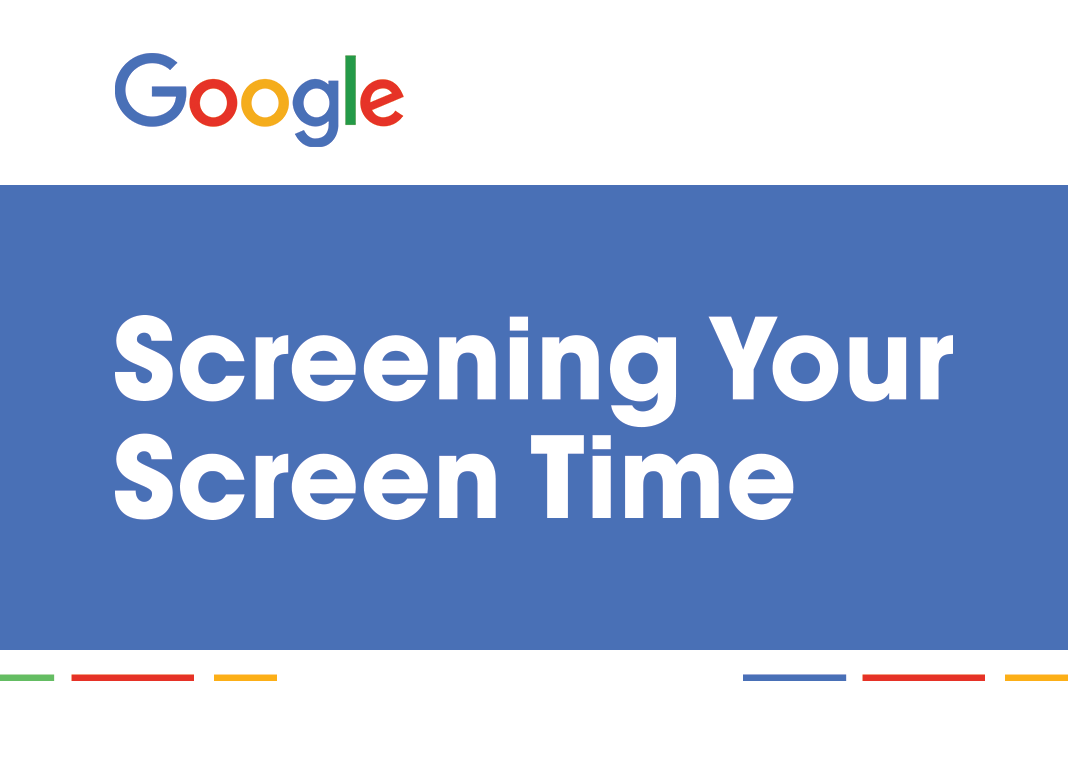Technology is a powerful thing. As long as you have a working smartphone and an internet connection, you have all the information known to humankind at your fingertips. It can change lives in ways we don’t even realize yet. This power, however, comes at a price. Constant connectivity tends to suck us in, holding us hostage for hours, a few minutes at a time. While it’s neither reasonable nor practical to completely disconnect, there are some measures that you can put in place to take control of your digital life.
We got to spend some time with Google’s Glen Murphy, one of the people in charge of the design of some of Google’s products, to see how we can achieve that balance of connectivity and life, so that the former enriches the latter.
The phone is perhaps one of the most-used devices for staying connected, and its convenience cannot be overstated. However, when we start checking our device every other minute, it starts to take over our consciousness. Since Android 9 Pie, Google has baked in some features to keep this habit in check. The Digital Wellbeing Dashboard gives you a summary of your usage behavior per app. You can take a look at the number of times you unlock the device, stare at it, and the time you spend on particular programs on your phone. This understanding can help you understand your habits, and start to change them, if need be.

Android Pie
Android Pie also has an app timer, that lets you create a time bank account that ticks down based on usage, and pauses the application until the next day once you’ve used up your app minutes. While it can of course be overridden should the need arise, this lets you know when you might want to start shifting focus to other, more important things than mindlessly scrolling through a news feed.

YouTube
Entertainment is another reason we stay glued to our phones, and YouTube tends to be one of the culprits. Within the app though, there exist features that let you keep tabs on, and limit your video consumption. Under account, in the YouTube app, there is a Time Watched Profile that lets you see how many hours you’ve spent on videos. You can then activate the Take A Break reminder that force-pauses videos after an amount of time that you yourself can set, which might be all you need to break the cycle.

Do Not Disturb
It doesn’t need to be stated that notifications are a key part of the mobile phone experience. However, they can quickly get out of hand and start to become intrusive. Google offers several ways to take control back from endless notifications From turning your device face down to trigger Do Not Disturb mode, select which notifications are worth your attention and disable the rest Manually switching on Do Not Disturb when you need to focus on something else, which is something all Android devices should be able to do right now.

Wind Down Mode
One of the things anyone can do to improve quality of life is to get enough sleep. Generally speaking, phones aren’t really great for trying to get to sleep. Android Pie has that covered with Wind Down Mode, which enables Do Not Disturb mode, and then fades the screen to grayscale, making browsing and using apps a little less enticing, and helping you put the phone down and get some shuteye.
Our devices are meant to enrich our lives, not control them. With these tools, and a little willpower, we can once again take charge. More than ever before, understanding how we spend our digital time is easier, so we can start to form better habits that help, and not harm us.
Words by Ren Alcantara
Also published in GADGETS MAGAZINE June 2019 Issue
